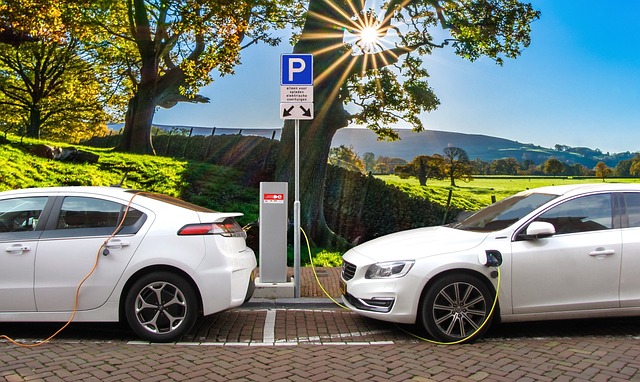In today’s rapidly changing world, the need for sustainable transport solutions is more pressing than ever. As we navigate the complexities of rural development, the importance of transport emission reduction cannot be overlooked. Sustainable transportation is not just an environmental necessity; it is a transformative approach that can breathe new life into rural communities.
Transport sustainability encompasses various strategies aimed at minimizing emissions and promoting eco-friendly practices in the movement of people and goods. This could mean adopting renewable energy sources for public transportation, enhancing cycling infrastructure, or investing in electric vehicles tailored for rural areas. The charm of rural landscapes should not be overshadowed by the pollution of traditional transport methods. By embracing sustainable transport solutions, we can preserve these natural treasures while safeguarding the health and well-being of rural inhabitants.
Moreover, sustainable transport acts as a catalyst for rural development. It opens up new avenues for economic growth and social integration. Improved transport systems not only connect rural residents with markets and essential services but also enable them to engage more fully in the broader economy. When transport emission reduction becomes a priority, it allows communities to flourish, reducing dependencies on fossil fuels and cutting air pollution. These changes can drive job creation within the community, whether through local transport initiatives or the development of green technology.
Emphasizing sustainable transport means considering the holistic picture of rural life. It intertwines various aspects, from public health to economic resilience. For instance, when transport networks are designed thoughtfully with a focus on emission reduction, they create safer environments for walking and cycling. This, in turn, promotes physical activity, enhances mental well-being, and reduces traffic-related accidents. As communities reimagine their transport strategies, they also build stronger ties within, fostering a sense of belonging and shared responsibility for the environment.
Investing in sustainable transport solutions also aligns with global goals for clean energy and climate action. The rural areas may hold the key to significant reductions in carbon footprints if various stakeholders, including local governments, businesses, and residents, work together to implement effective strategies. From government incentives for adopting electric vehicles to community-led initiatives for improving public transport access, there are numerous paths to achieving transport emission reduction that can uplift rural areas.
In essence, as we think about the future of rural development, the conversation about sustainability and transportation cannot be separated. The integration of sustainable transport solutions offers a comprehensive approach to emission reduction while revitalizing local economies and enhancing the quality of life for rural dwellers. Connecting these dots empowers communities to move towards a greener tomorrow, ensuring that progress is both attainable and inclusive.




